General Grievous Before He Became a Cyborg: The Tragic Origins of a Star Wars Villain
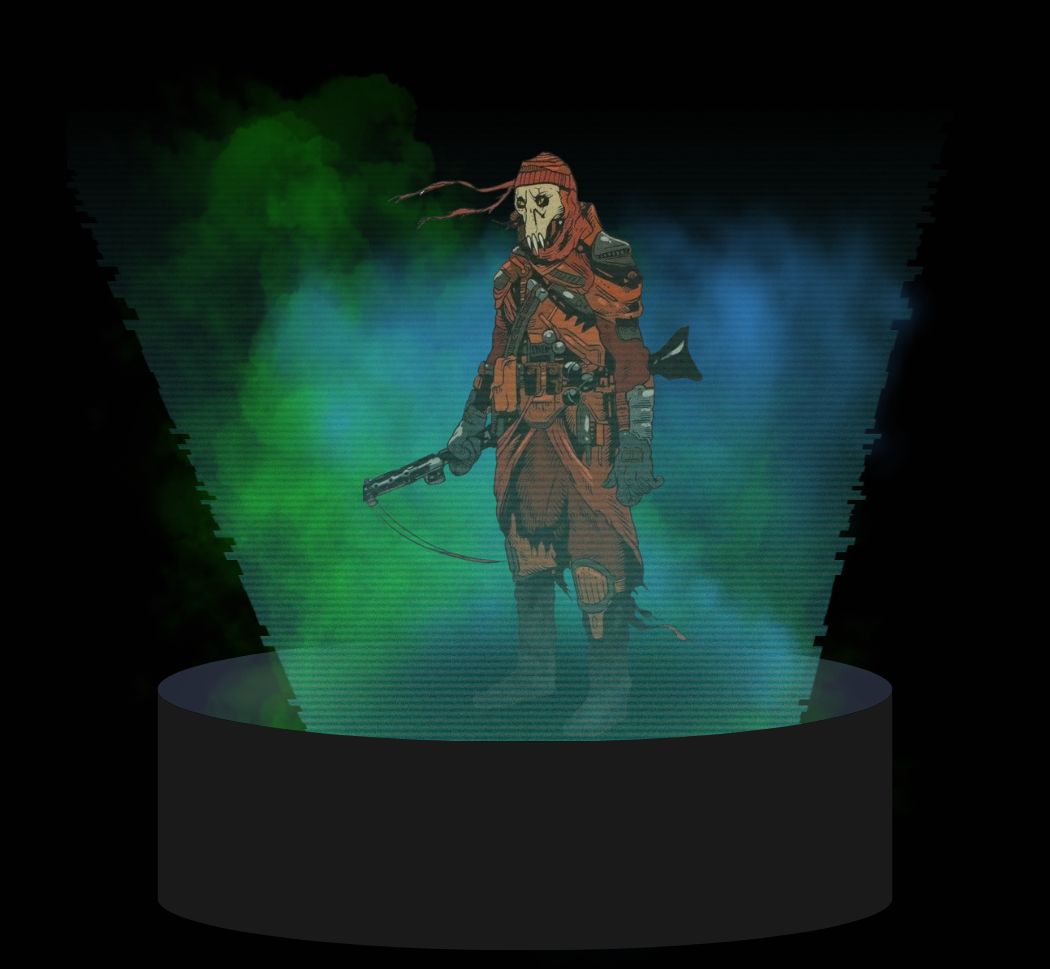
Before becoming the fearsome cyborg general of the Clone Wars, General Grievous was Qymaen jai Sheelal, a Kaleesh war hero. Driven by grief over personal loss and rage at the Republic’s betrayal during the Huk War, he was manipulated by the Sith and rebuilt into a weapon of war. His transformation into Grievous erased his past, turning a patriotic warrior into a brutal Jedi killer—and one of Star Wars’ most tragic villains.
General Grievous Before He Became a Cyborg: The Tragic Origins of a Star Wars Villain
General Grievous stands as one of the most fearsome figures in the Clone Wars, infamous for his ruthless efficiency in slaying Jedi and amassing their lightsabers as grisly trophies.
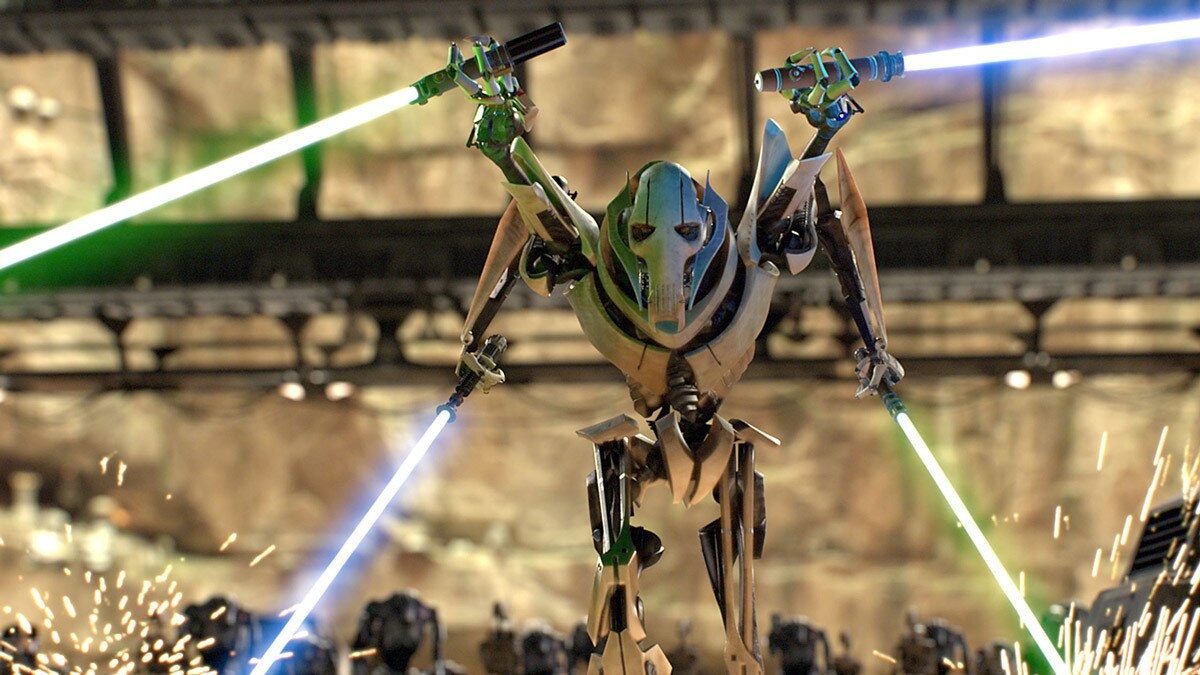
Before the name General Grievous struck fear across the galaxy, before the wheezing, cybernetic body became a symbol of death for Jedi Knights, there was a warrior named Qymaen jai Sheelal.
This kaleesh warrior was no mere warlord or droid commander—he was a brilliant tactician and a fierce protector of his people. To understand General Grievous before he became a cyborg is to uncover one of the most tragic arcs in Star Wars lore, bridging the ancient conflicts of the Outer Rim to the shadowy rise of the Separatist Droid Army.
Long before his mechanical limbs clashed with Obi-Wan Kenobi on the Invisible Hand, and before he led battle droids in the Clone War, Grievous was a mortal man consumed by loss, shaped by betrayal, and ultimately transformed by the machinations of Darth Sidious and the corruption of the Galactic Republic.
His descent mirrors the fates of others like Anakin Skywalker, and for many Star Wars fans, his backstory stands alongside those of Darth Vader or Mace Windu in its depth and tragedy. As we trace the journey from planet Kalee to the front lines of the Clone Wars Grievous would one day command, we’ll explore not just the making of a monster, but the ruin of a hero.
The Kaleesh Warrior Named Qymaen jai Sheelal
Before becoming General Grievous, he was Qymaen jai Sheelal, a proud member of the Kaleesh species from the harsh world of Kalee.

The Kaleesh were a warrior people, deeply spiritual and renowned for their martial prowess, although they were certainly not lightsaber wielders. Their society revolved around honor, ancestral reverence, and a fierce determination to protect their homeland from invaders.
Qymaen was celebrated among his people as a gifted hunter and a brilliant general. His tactical genius and courage on the battlefield earned him the respect and admiration of the Kaleesh, who saw in him the embodiment of their warrior ideals.
Even before his transformation, Sheelal’s legend was already being forged in the fires of conflict and devotion to his people.
The Huk War: Hero of the Kaleesh
The defining conflict of Sheelal’s early life was the brutal Huk War, a struggle between the Kaleesh and the technologically advanced Yam’rii, known as the Huk.
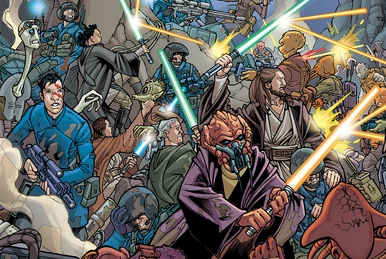
The Huk sought to enslave the Kaleesh and exploit their world, sparking a desperate and bloody resistance. Sheelal rose as a military leader, wielding traditional weapons and guerilla tactics to devastating effect against the invaders.
Despite his successes, the galactic Republic, swayed by the Huk’s influence, branded the Kaleesh as aggressors.
This led to crippling sanctions and famine on Kalee, deepening the suffering of Sheelal’s people. The injustice of this intervention left a lasting scar, fueling Sheelal’s resentment toward the Republic and setting the stage for his eventual manipulation by darker forces.
Personal Tragedy: The Death of Ronderu lij Kummar
Central to Sheelal’s story is his relationship with Ronderu lij Kummar, a fellow warrior and his closest companion.
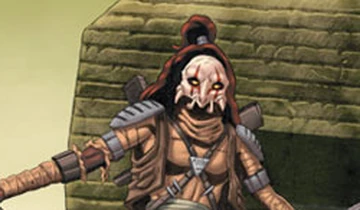
Ronderu was not only his equal in battle but also his confidante and source of emotional strength. Their partnership symbolized the unity and resilience of the Kaleesh in the face of adversity.
Her mysterious and untimely death devastated Sheelal, leaving him consumed by grief and a thirst for vengeance.
This loss hardened his heart, transforming his pain into a relentless drive to protect his people at any cost. The death of Ronderu marked a turning point, beginning his descent from noble hero to a figure increasingly defined by anger and obsession.
The Transformation of Qymaen: From Patriot to Weapon
Recognizing his potential, the InterGalactic Banking Clan (IGBC) and Sith agents—including Count Dooku—sought to exploit Sheelal’s skills and hatred.
In a calculated move, they sabotaged his shuttle, leaving him gravely injured in a crash. While he survived, his body was shattered, and he was told that only radical reconstruction could save his life.
Without his full consent, Sheelal was rebuilt as a cyborg, stripped of nearly all organic form except for his brain, eyes, and a few vital organs.
He was told this was a gift—a chance to live and fight again—but in truth, it was a transformation into a weapon, designed to serve the interests of the Separatists and the Sith.
The man who awoke from the operating table was no longer just Qymaen jai Sheelal, but the prototype for a new kind of terror.
The Role of the Sith: Dooku and the Rebirth of Grievous
Under the guidance of Count Dooku, Sheelal’s identity was erased and replaced with that of General Grievous, Supreme Commander of the Separatist Droid Army.
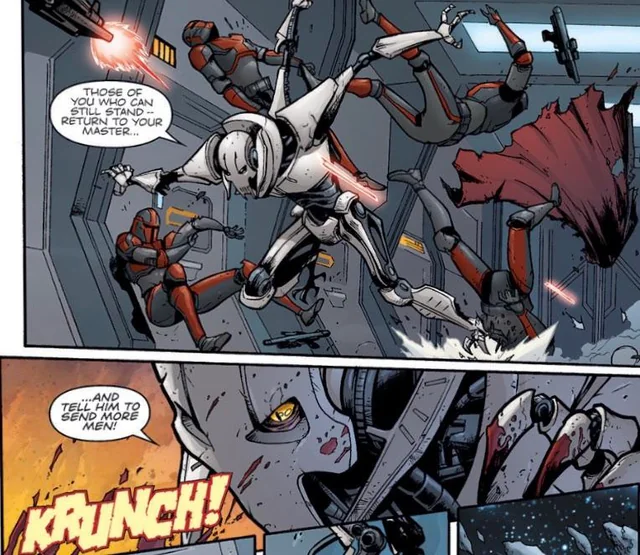
Dooku reshaped Grievous’s mind, training him in the art of lightsaber combat and fueling his hatred for the Jedi—blaming them for the suffering of his people and the loss of his body.
The Sith went further, using alchemy and memory manipulation to suppress Grievous’s past and amplify his aggression.
What remained was a being driven by rage, loyalty to his new masters, and a singular purpose: to destroy the Jedi. The transformation was not just physical, but psychological—a total rebirth engineered for war.
The Psychology of a Broken Man
The journey from Qymaen to Grievous is a study in psychological devastation.
Once a noble warrior fighting for his people, Grievous became a genocidal machine, his compassion and individuality buried beneath layers of programming and pain. The betrayal by the galaxy—the Republic’s sanctions, the Sith’s manipulation—turned him into a tool of vengeance and destruction.
Grievous was not born a monster; he was made one through a calculated process of loss, trauma, and exploitation.
His story is a tragic reminder of how even the most honorable can be twisted by circumstance, their virtues weaponized against themselves and others.
What Remains of the Kaleesh?
Throughout the Clone Wars, the fate of the Kaleesh people remained bleak. Despite Grievous’s rise to power, his people continued to suffer under galactic neglect and exploitation.
The mask he wore and the trophies he collected were not just symbols of conquest, but reminders of his heritage and the culture he could never truly return to.
The bitter irony is that, even as Grievous waged war on behalf of his Sith masters, the Kaleesh remained marginalized and oppressed. His transformation and actions did little to alleviate their plight, underscoring the tragedy of his journey from liberator to instrument of another’s will.
Legacy of Qymaen jai Sheelal
The tragedy of General Grievous lies in the erasure—but not the total destruction—of Qymaen jai Sheelal.
His story is a cautionary tale about the dangers of power, manipulation, and unchecked vengeance.
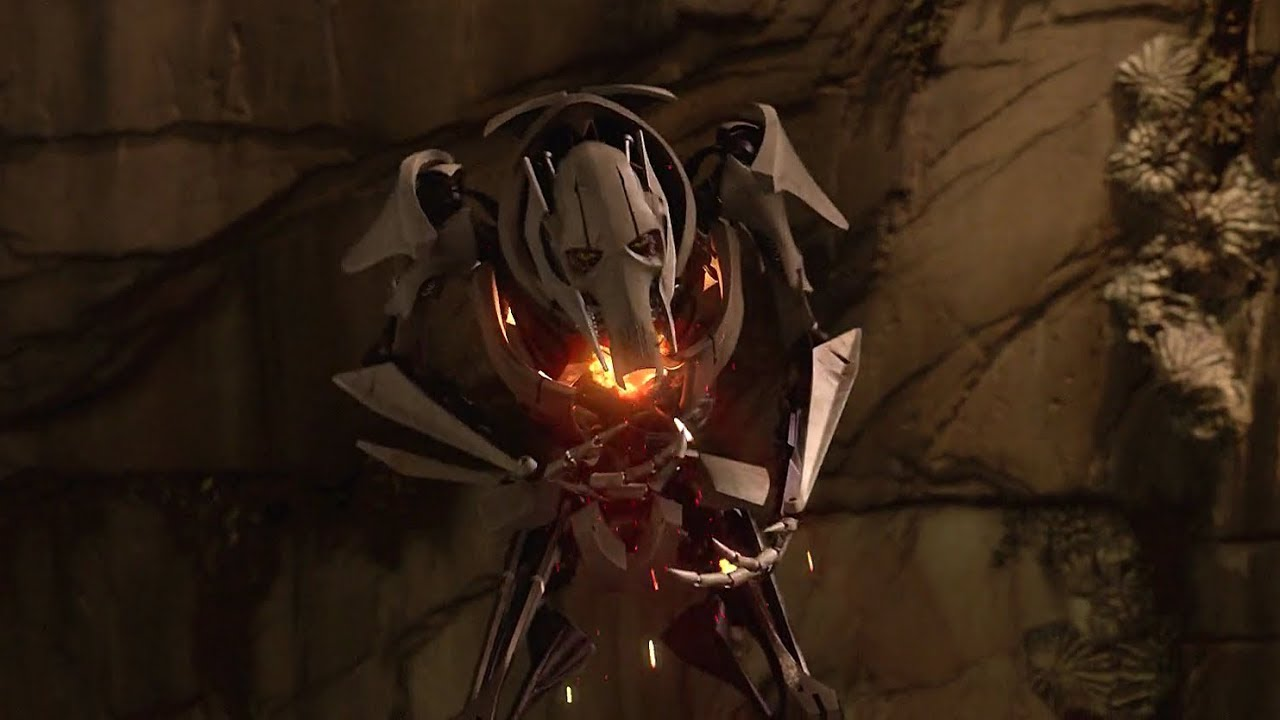
Like Anakin Skywalker, Grievous was twisted into a weapon by the Sith, his pain and loyalty used to serve their dark designs.
Yet, traces of Qymaen remained—his pride, his rituals, his hatred for injustice. These fragments of identity made Grievous more than a mere villain; they rendered him a deeply tragic figure, caught between what he was and what he was forced to become.
Conclusion: Beyond the Metal Shell
In the end, the tale of General Grievous is not just one of metal limbs and lightsaber combat—it is the story of how grief, anger, and manipulation can hollow out a soul and replace it with machinery.
The man once known as Qymaen jai Sheelal died in the wreckage of a shuttle, only to be reborn as the Supreme Commander of a droid army he neither built nor truly led. While Chancellor Palpatine and his alter ego Darth Sidious pulled the strings, Grievous became another pawn in the Sith’s grand game—used and discarded like so many others in the Star Wars universe.
For fans of Star Wars fiction, the legacy of Grievous stands as a dark reflection of what could happen to any warrior, even a Jedi, when loyalty is weaponized and pain is exploited. His iconic battles with Obi-Wan, his bitter hatred for the Jedi Order, and his cybernetic implants are all that remain of a man who once fought only to protect his people.
He never saw the rise of the Galactic Empire, nor the fall of the Death Star, but his transformation helped make both possible. Whether viewed as villain or victim, Grievous’s journey from flesh to cyborg, from patriot to instrument of terror, remains one of the most haunting legacies in the Star Wars prequels—a brutal reminder that even the strongest can fall when the war they fight is not their own.














.jpg)
